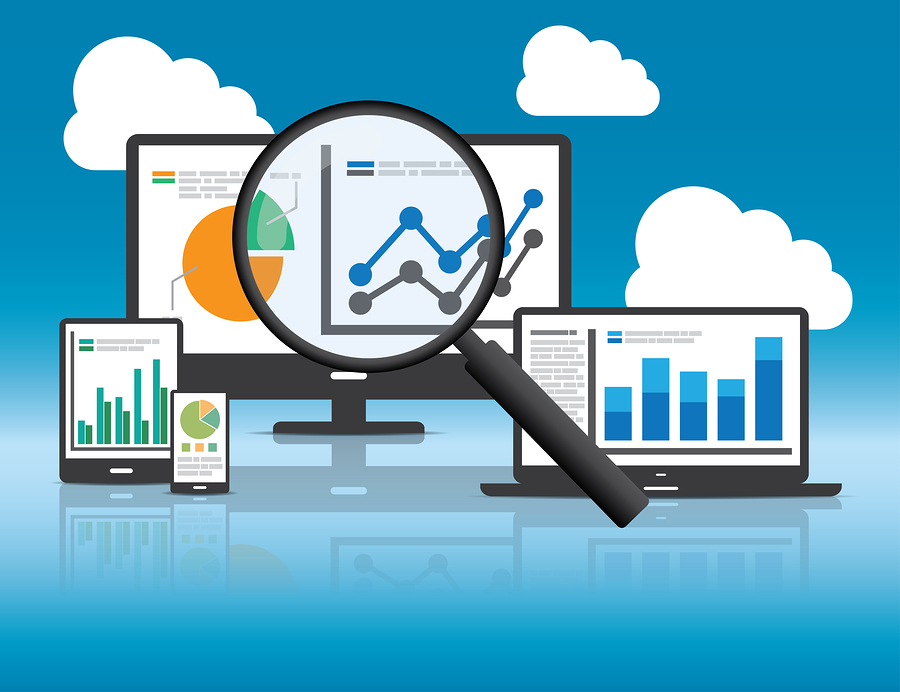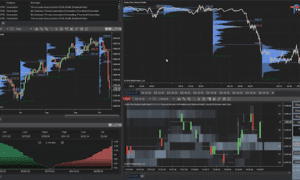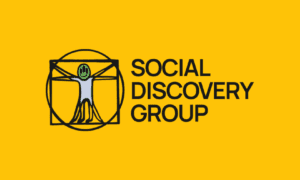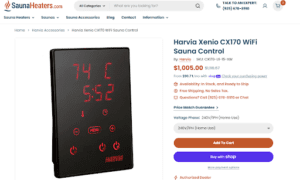Media monitoring has become an essential compliance tool in the modern-day high-paced digital environment. As regulatory pressure builds, as the expectations of the population change, and as the media scrutinize more and more, organizations have to be capable of monitoring their brand representation across geographies and platforms in real-time and with precision.
This is where high-tech media monitoring solutions enter the game. These tools are created to monitor online and offline discussions, news, blogs, and social media in real-time, allowing organizations to detect reputational threats, keep up with the regulatory concerns, and be compliant in the world that is becoming more transparent.
The Emerging Convergence of Compliance and Media Monitoring
Regulators are more concerned than ever before on the way companies manage their image, particularly when they are faced with sensitive issues like product recalls, ethical issues or environmental issues. In most industries, the inability to detect and react to new stories can lead to a violation of compliance or even enforcement.
With the help of media intelligence, compliance teams will be able to track media sources across the world and regions, comprehend the context of the coverage, and respond promptly to emerging problems. This intelligence does not only concern reputational issues, it can frequently give early warning of risk that official channels might not pick up.
The Importance of Cross-Border Media Monitoring
The challenges are even higher in case of companies that do business abroad. The standards of compliance, media environment and cultural sensitivities vary in different regions. A local media story in one market can cause questions or action in another, particularly when regulators are paying close attention to what is being said publicly.
Media monitoring software enables companies to monitor the brand mentions across languages and geographies, leaving nothing to fall through the cracks. It could be a report in a local newspaper or a trending hashtag on social media, but it is necessary to detect it in time to remain compliant and save your brand across borders.
Real-Time Media Monitoring: A Compliance Team Non-Negotiable
Compliance is all about speed. Compliance teams require immediate visibility when a regulatory matter emerges in the press or through allegations, leaks, or controversial alliances. Slow recognition may result in slow action and thus may be interpreted as carelessness or non-transparency.
This need is addressed by real-time media monitoring. Live alerts and intelligent filtering mean that teams can prioritize the most pertinent and risky mentions as they occur. This enables decision-makers to evaluate the threats and act on them- before headlines become liabilities.
Important Compliance Monitoring Tool Media Characteristics
Choosing a media monitoring tool with compliance in mind, one should pay attention to several features that will help to be vigilant about the regulations:
Multilingual Coverage: In case of international business, it is imperative to monitor mentions that are in other languages and local dialects.
Sentiment Analysis: The tone of coverage can also be used to determine the gravity of a possible problem.
Source Credibility: Not every source is created equal- the best media monitoring software evaluates the power and authority of every mention.
Custom Alerts: Set rules and categories of compliance-specific mentions to prevent overloading information.
Access to Historical Data: Previous references can be very important during audits, investigation, or regulatory inspection.
These characteristics convert simple monitoring into a compliance tool.
Media Monitoring Use Cases
Media monitoring is important in different industries where compliance is strictly controlled. For instance:
- Pharmaceutical firms monitor safety issues, clinical trial outcomes and product news in the media.
- Media narratives are monitored by the agencies in the public sector to ensure transparency and avoidance of misinformation.
- Manufacturers monitor the defects of products, customer feedback, and regional regulation changes.
- Energy and infrastructure companies keep an eye on environmental and community issues that may raise the interest of regulators.
In both scenarios, media monitoring services offer up-to-date and contextual information that enables teams to be in line with local and international regulations.
In-House Media Monitoring Services vs Outsourced Media Monitoring Services
Companies have the option of developing their own monitoring systems or contracting media monitoring companies. Although in-house teams can be more directly controlled, agencies can cover a wider range, be more expert and localized, and these may be difficult to achieve in-house, particularly where compliance teams are spread across jurisdictions.
Collaboration with an external provider may also guarantee constant monitoring and further analysis, leaving internal teams to work on response strategies and decision-making.
Media Monitoring as a Compliance Strategic Asset
Compliance is not only the matter of rules but the matter of responsiveness, knowledge, and resilience to external scrutiny. As regulatory authorities have grown more concerned with the manner in which firms interact with the narratives of the public, media monitoring has become a crucial component to any risk and compliance strategy.
Businesses have to take initiatives to control their publicity in the media instead of waiting until the situation becomes critical or waiting until regulators step in. This is made possible by the right media monitoring tools- through speed, accuracy and intelligence.
Conclusion
With the changing expectations of the people and the regulatory requirements, business can no longer afford to overlook the role of media in compliance. Cross-border media monitoring solutions in real-time provide organizations with the ability to monitor mentions, preempt risk, and stay in control even in the most volatile information environments.



































